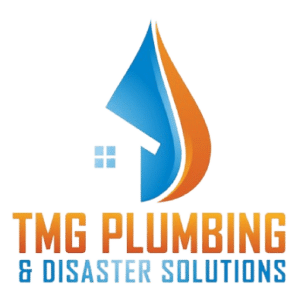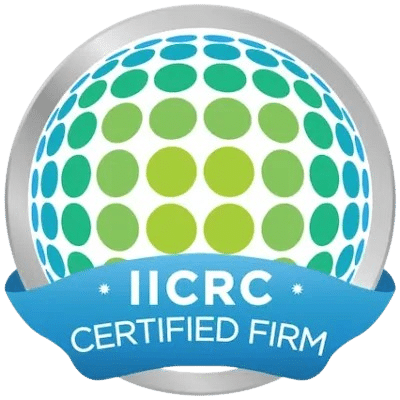Experiencing a flood in your home can be a traumatic and overwhelming event. Once the floodwaters recede, the real work begins: cleaning up the mess and restoring your home to its pre-flood condition. While the process may seem daunting, having a clear roadmap can make it more manageable. In this blog post, we’ll provide you with a step-by-step guide on post-flood cleanup and restoration to help you navigate this challenging time.
Step 1: Ensure Safety First
Before you start any cleanup or restoration activities, prioritize safety. Ensure that the floodwaters have receded and that it is safe to enter your home. Turn off the electricity and gas to prevent accidents, and wear protective gear, including gloves, masks, and boots, to guard against contaminants.
Step 2: Document the Damage
Take photographs and videos of the flood damage before you begin any cleanup. This documentation will be valuable for insurance claims and can help you assess the extent of the damage.
Step 3: Contact Your Insurance Company
Notify your insurance company about the flood damage as soon as possible. They will guide you through the claims process and provide you with instructions on how to proceed.
Step 4: Remove Water and Debris
Begin by removing standing water from your home. Use pumps, wet/dry vacuums, or buckets to extract the water. Dispose of damaged items and debris properly. Carpets, insulation, and drywall may need to be removed and replaced.
Step 5: Thoroughly Clean and Disinfect
Clean and disinfect all affected areas to prevent mold growth and the spread of contaminants. Use disinfectants recommended for flood cleanup and follow proper cleaning procedures for various surfaces.
Step 6: Dry Out Your Home
Properly drying your home is crucial. Use dehumidifiers and fans to reduce moisture levels. Ensure that all structural components, including walls and flooring, are completely dry to prevent mold growth.
Step 7: Inspect for Mold
After your home is thoroughly dry, inspect for any signs of mold growth. If mold is present, contact a professional mold remediation specialist to address the issue promptly.
Step 8: Repair and Restore
Once your home is mold-free, you can start the repair and restoration process. This may include replacing damaged drywall, insulation, flooring, and electrical systems. Work with contractors who specialize in flood damage restoration.
Step 9: Check for Structural Damage
Inspect your home’s foundation, walls, and structural components for any damage that may have occurred during the flood. Address any structural issues to ensure the safety and stability of your home.
Step 10: Consider Preventive Measures
Take steps to prevent future flooding, such as installing sump pumps, improving drainage
Post-flood cleanup and restoration can be a challenging journey, but with a clear roadmap, you can take the necessary steps to rebuild your home and your life. Remember to seek professional help when needed, keep thorough documentation for insurance purposes, and prioritize safety throughout the process. While it may take time, effort, and patience, your home can be restored to its former glory, and you can regain peace of mind after a flood.
Navigate post-flood challenges with TMG Companies LLC! Our roadmap to cleanup and restoration ensures a swift return to normalcy. Contact us for expert guidance and reliable solutions.




